A neutral density filter is one of the essential tools for a landscape photographer. Digital photography offers endless possibilities for experimenters.
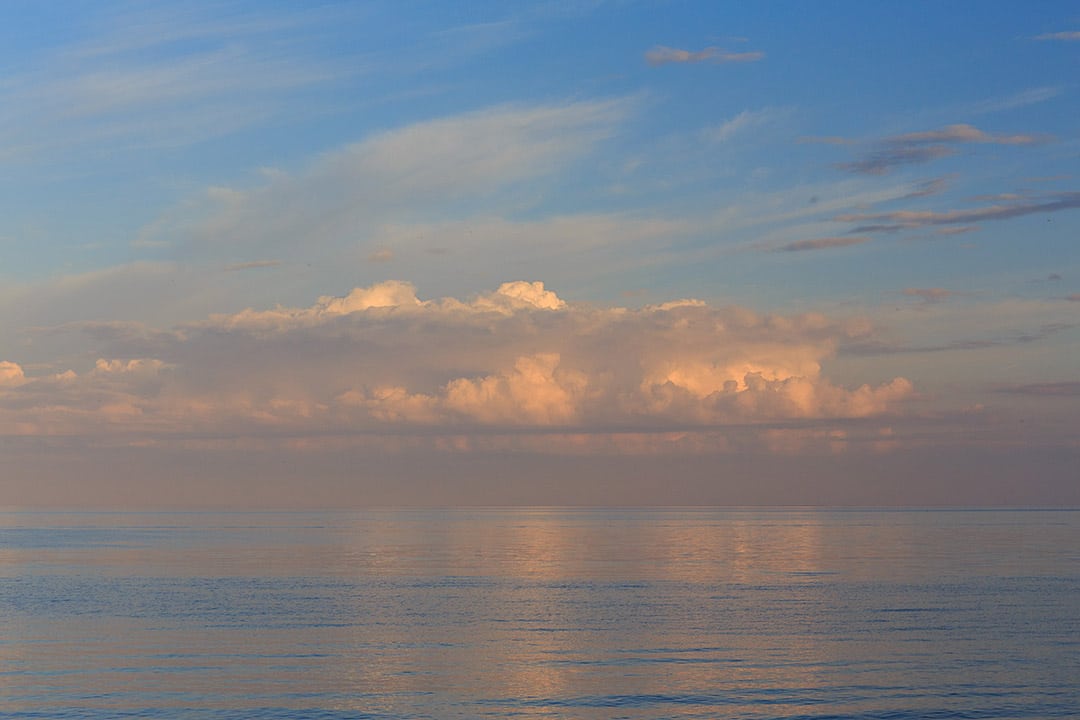
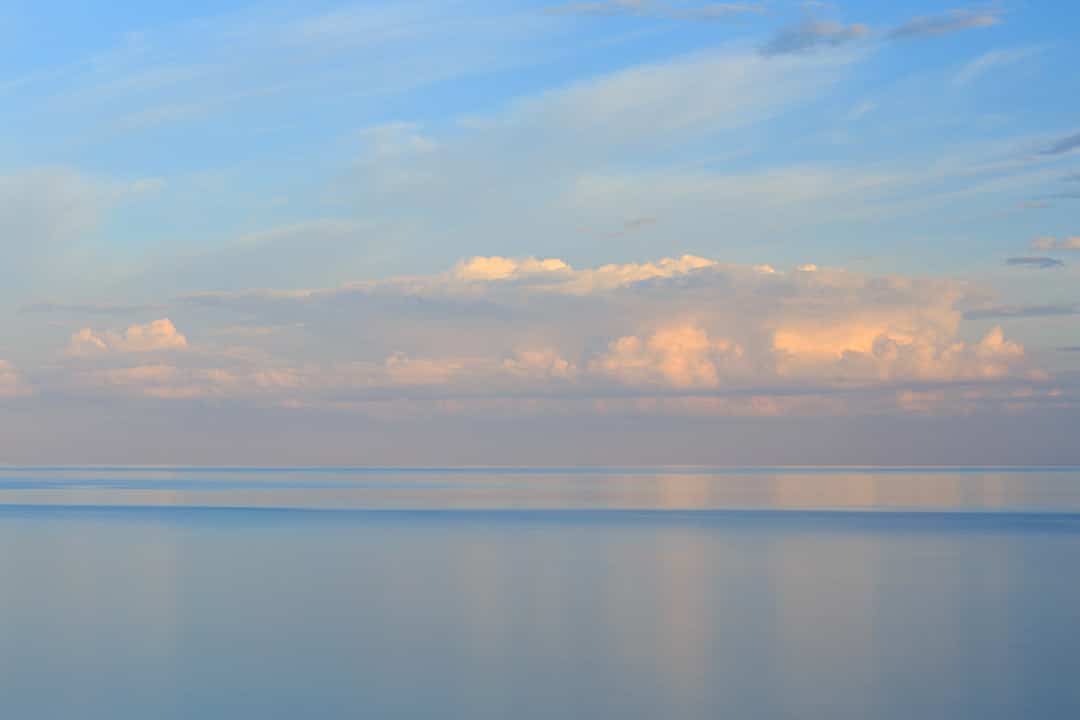
What is Neutral Density filter
Mike Smith
The Neutral Density Filter (ND) is a filter placed in front of the lens to reduce light intensity. Long Exposure Photography is one of them. Shutter speed control is a key method for taking LE pictures. The ND filter does not change the color of the light captured by the camera.
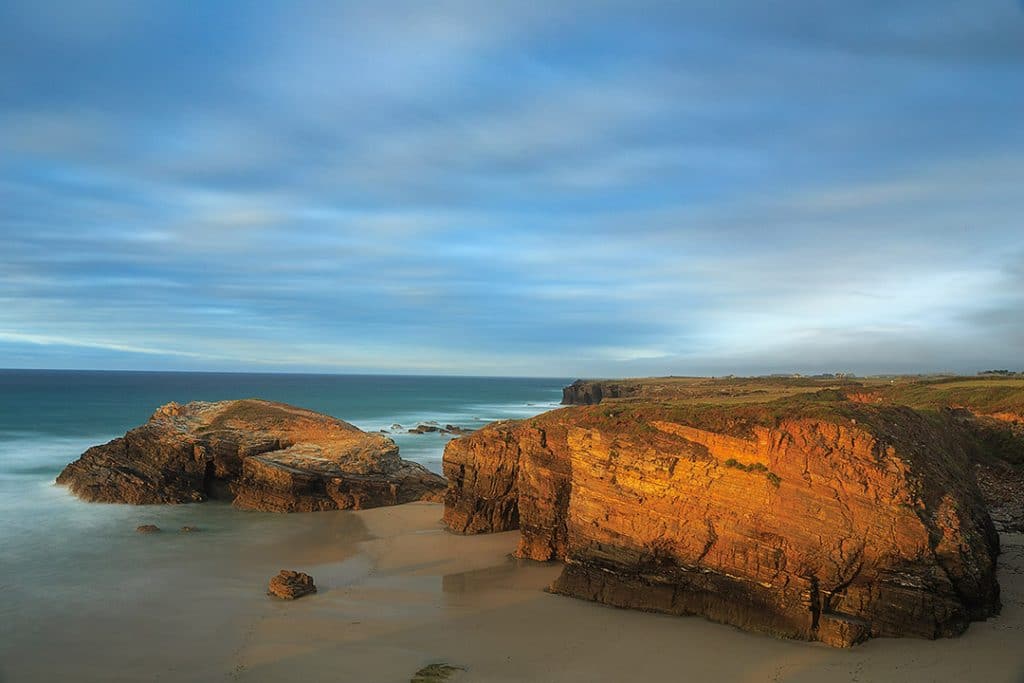
What is an ND Filter used for
This allows you to create creative effects, such as using a wider aperture for depth of field effects or longer shutter speed for temporary effects, such as smoothing the movement of water into the sea or blurring the clouds across the sky.
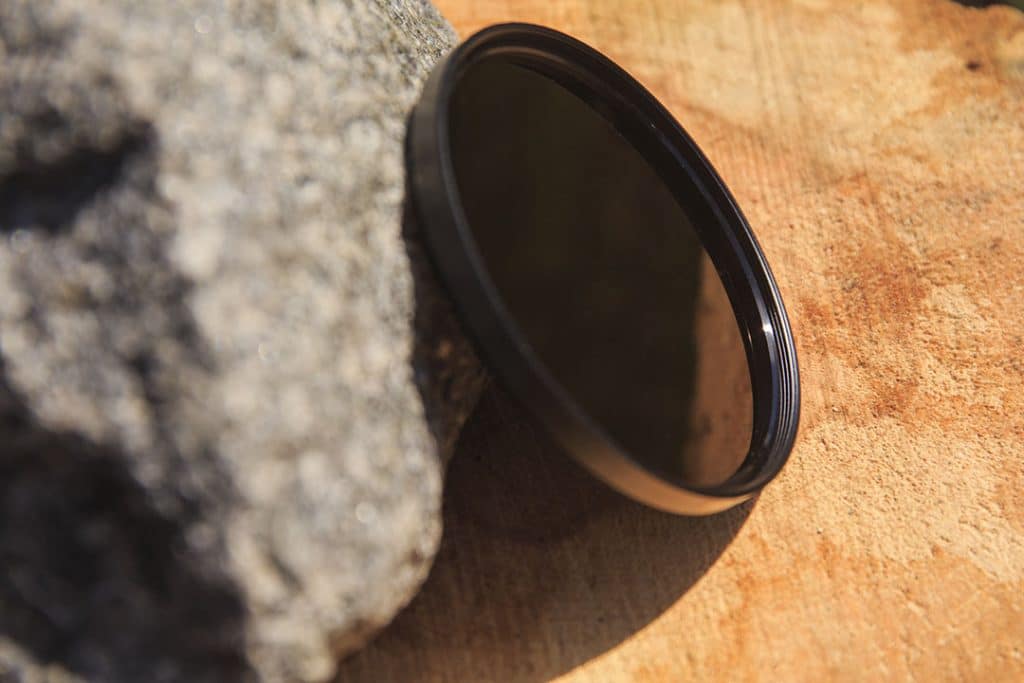
There are some ways to use a Neutral Density filter:
- Extended time exposures
- Reducing the depth of field in bright sunlight
- Adding motion blur to moving objects
- When using a wider aperture
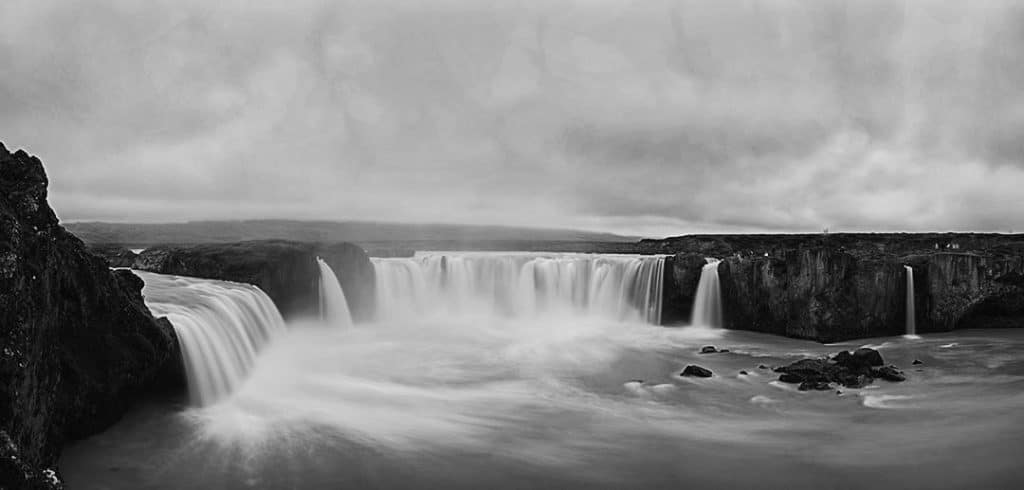
Neutral Density filter Chart
Select the required aperture before adding the ND filter, then reduce the shutter speed or increase the aperture to compensate for the number of stops reduced by the ND filter.
The ND filter reduces light by one stage, has a filter factor of 2, two stops 4, three stops 8, etc. D. The light reduction is doubled with each further reduction of f-stop.
How do I know how long ND filters can be used in the last 30 seconds? This table of ND filters will help you.
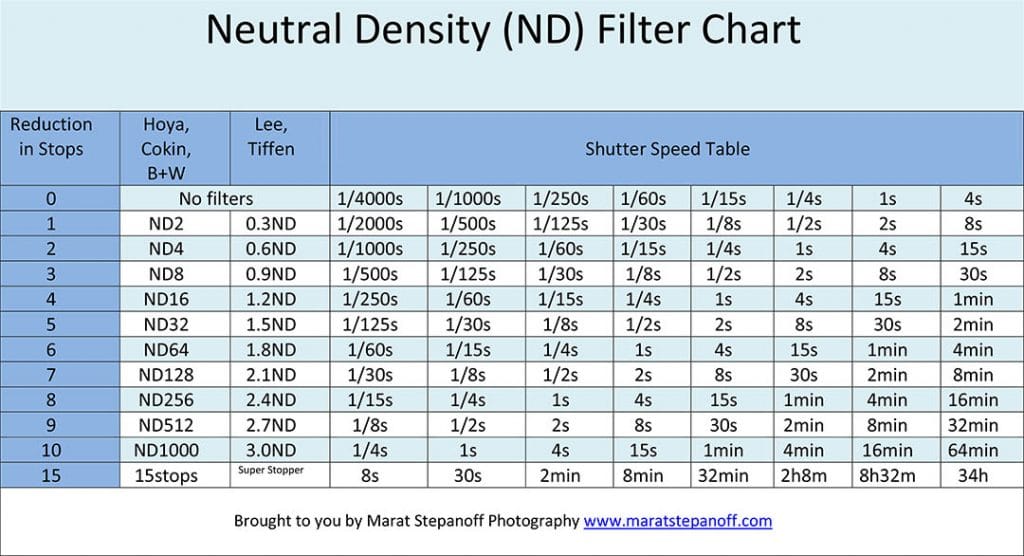
Using ND filter
Do I need to use an ND filter for landscape photography?
As I said, a neutral density filter is ideal for achieving long exposure effects. Water, and especially waterfalls, are great examples.
The ND filter reduces the amount of light reaching the sensor. This allows you to use a slower shutter speed to compensate for the lost light.
OK, what kind of ND filter do you need? It depends on your creative idea.
If you want to blur the water slightly, you can use low-density ND filters such as ND2, ND8. And if you need a strong effect, you should use ND400 or ND1000.
High-density ND filters are needed for landscape photography in daylight. See the neutral density filter table!
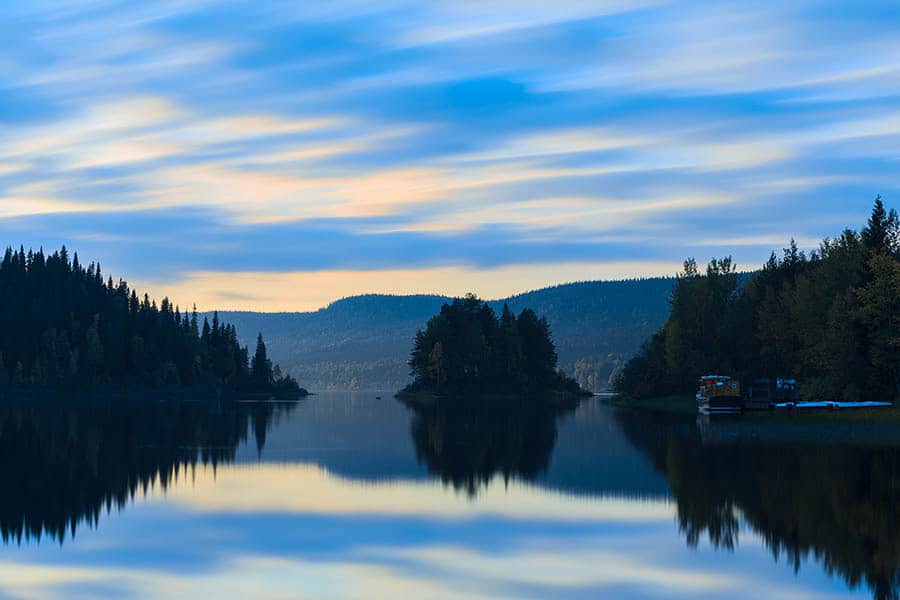
How do I know how long to expose for using ND filters past 30 seconds
Follow these simple steps:
- Determine your composition without the ND filter and focus the lens so that your image has the perfect focus point.
- Set the lens to focus manually so that the lens does not shift the focus point when shooting.
- Measure the exposure without the ND filter.
- Add an ND filter to your lens.
- Use the ND filter Chart to recalculate exposure and remember this.
- Set the camera to manual mode and add aperture and shutter speed.
- Shoot.
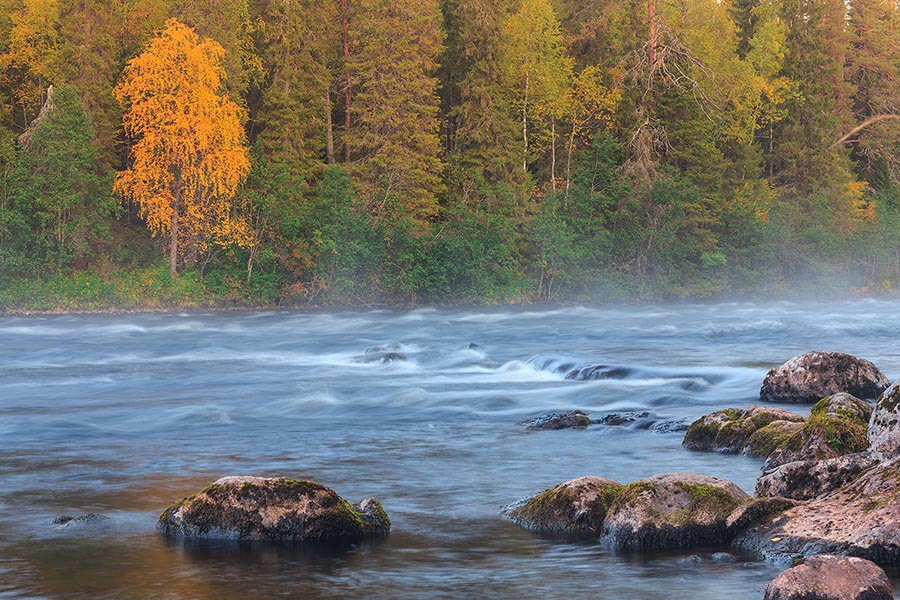
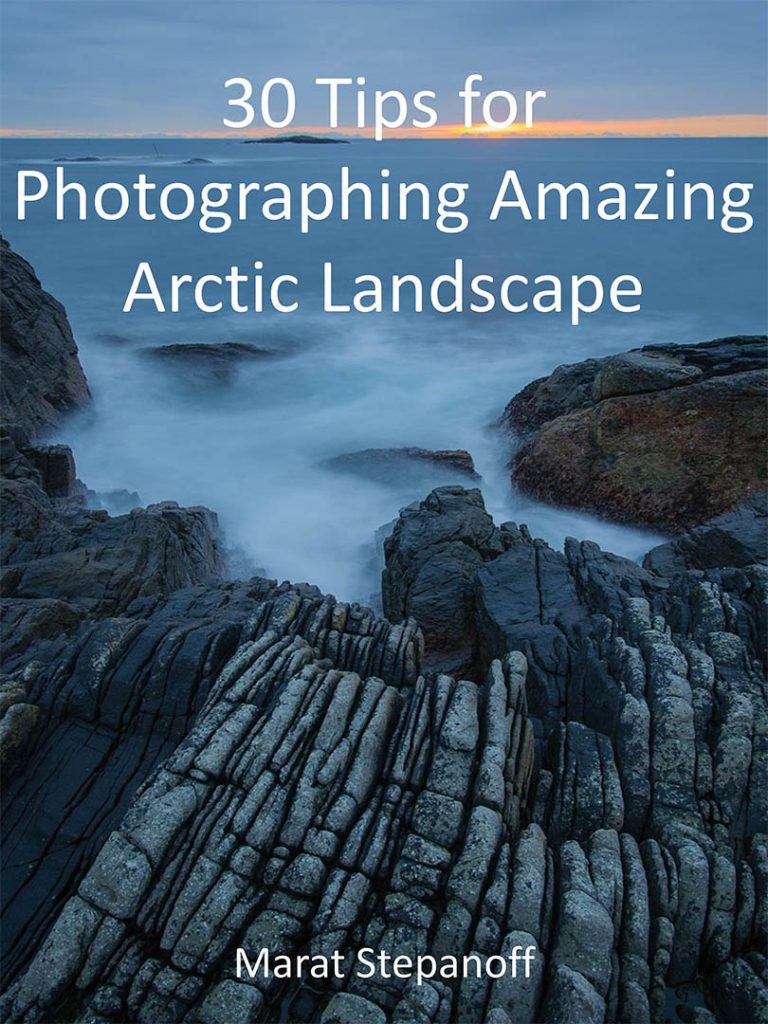
30 Tips for Photographing Amazing Arctic Landscape
This is FREE e-Book about my practical experience as a landscape photographer for traveling North.
These are 30 simple tips on how to catch a good shot in all weather conditions in places like Northern Norway, Iceland, the Faroe Islands, and any other location.
Type of Neutral Density filters
- Circular
- Variable
- Square
Circular Neutral Density Filters
Most ND filters are round and screwed to the front of the lens and are called circular.
The choice of filter depends on the diameter of your lens. If your lenses have different thread diameters you have to buy several filters or use an adapter ring.
You will need an adapter ring to use the ND filter on different lens sizes.
ND filters are quite expensive. If you want to save money buy the widest diameter filter and a step-up adapter ring for your lenses. As a result, you will be able to use one filter for all your lenses. Also, the wider diameter of the filter will help you correct the vignetting that occurs most often when you use filters with wide-angle lenses.
PRO TIPS
Variable ND filters
Variable ND filters consist of two Polarisers rotating relative to each other. They allow you to change the density as you want.
Variable ND filters vs. Fixed ND filters
Variable ND filters
However, because of the overlapping of the two ND glasses, the image quality drops, the image becomes less sharp. That makes sense.
See also: What is Polarizing Filter and how is it userful
Moreover, when you rotate the filter, artifacts like cross-polarization may appear. This effect is most pronounced at maximum dimming values.
Choose Variable ND Filter:
- You are a photographer and videographer
- You’re looking for an all-in-one solution
- You want to change the Shutter Speed and keep the same Depth of Field
If you’re shooting stills, you’ll want to opt for the traditional, fixed ND filter.
At the same time, if you’re a videographer or journalist shooting video a variable ND filter will provide more speed and convenience while shooting.
Image quality, quality of materials, and production are in direct correlation for variable ND filters. In other words, it’s a relatively complex optical device and by buying a cheap filter you are dooming yourself to buying a tool of the wrong quality for what you need. That said, keep in mind that by purchasing an expensive Variable ND filter you are saving yourself the purchase of various fixed density filters.
Since video is still outside of my area of interest and I prefer fixed density ND filters. But that may change as soon as I get my hands on a video camera.
Fixed ND filters
The density of these filters is constant. They keep the photo perfectly sharp. They are neutral and do not alter the White Balance or color of your photo. They are easy to adjust. They have no artifacts because they consist of a single glass.
Choose fixed ND filters:
- You’re a photographer
- To keep the maximum resolution and quality of your photo
- You don’t want to take any risks and are a proponent of a simple and reliable tool
Square Neutral Density Filters
Some ND filters are square and are inserted into special holders. Since the use of square filters provides more flexibility, this solution is preferred by professional photographers.
Which brand of ND filters is best in 2021
Buying one of the best neutral density filters is a great way to instantly improve your landscape photography.
If you need the best ND filter, you’re in luck. I’ve put together the best neutral density filters to help you find the perfect one for you.
However, it’s not as simple as randomly choosing a filter in hopes of the best. You need to choose the right density for the best chance of success. Too strong, you’ll get a longer exposure than necessary or too weak and you won’t get the long exposure effect you want.
See also: Graduated Neutral Density Filters for landscape photography
What do ND filters numbers mean?
ND 0.9 vs. ND8 what the difference?
In fact, it is the same thing. The manufacturers label their filters using the Optical Density of the filter, and some of them use the Filter Factor.
Hoya, Cokin, B+W use the Filter Factor and it called ND2,4,6,8,10,16…
Lee, Tiffen use the Optical Density and it called 0,3ND…1,2ND…
Each step equals f-stop.
Example, ND1000 is 10-stop; ND32 is 5-stop. 0,3 is 1-stop; 0,9ND is 3-stop.
In other words, each subsequent ND filter doubles the Shutter Speed.
Conclusions
As you have already understood ND filters are an indispensable tool to diversify your landscape photography. But they are even more indispensable for video shooting.
When choosing one or the other filter you should be guided by your own preferences.
I deliberately left square ND filters out of this guide. Obviously, when you buy a square ND filter you are planning to use Graduated Neutral Density filters.
Learn more
To improve your skills in landscape photography and learn how to take even more eye-catching images, my popular e-book, “Landscape Photography. The Complete Beginner’s Guide” will teach you the skills you need.
Regardless of your level, this ebook is written to start expanding your knowledge. “Landscape Photography. The Complete Beginner’s Guide” will teach you everything you need to start making beautiful images and take your photography to the next level.
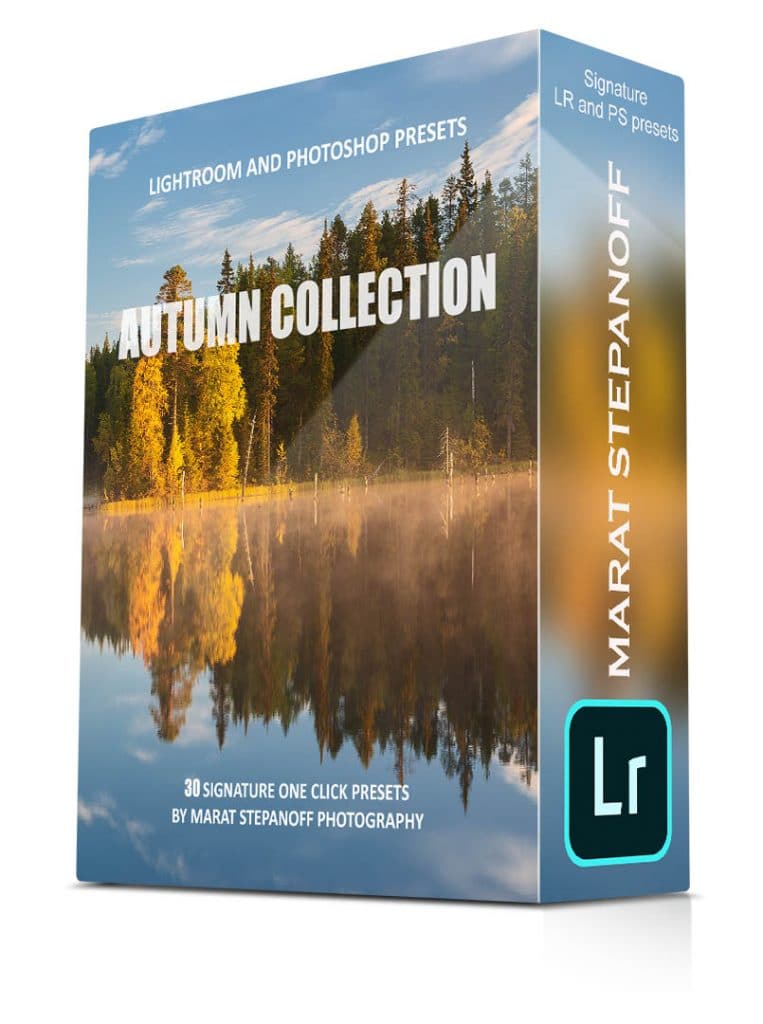
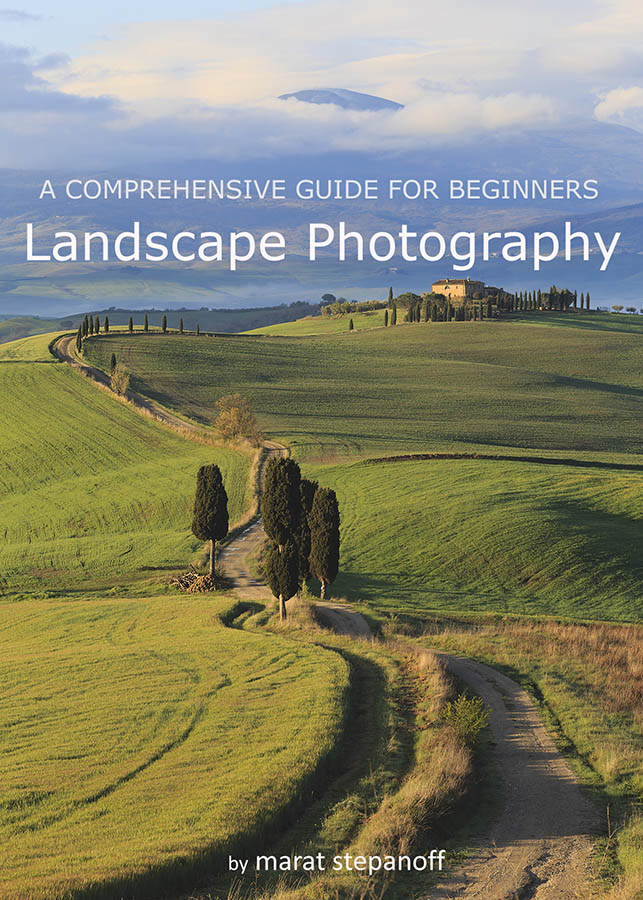
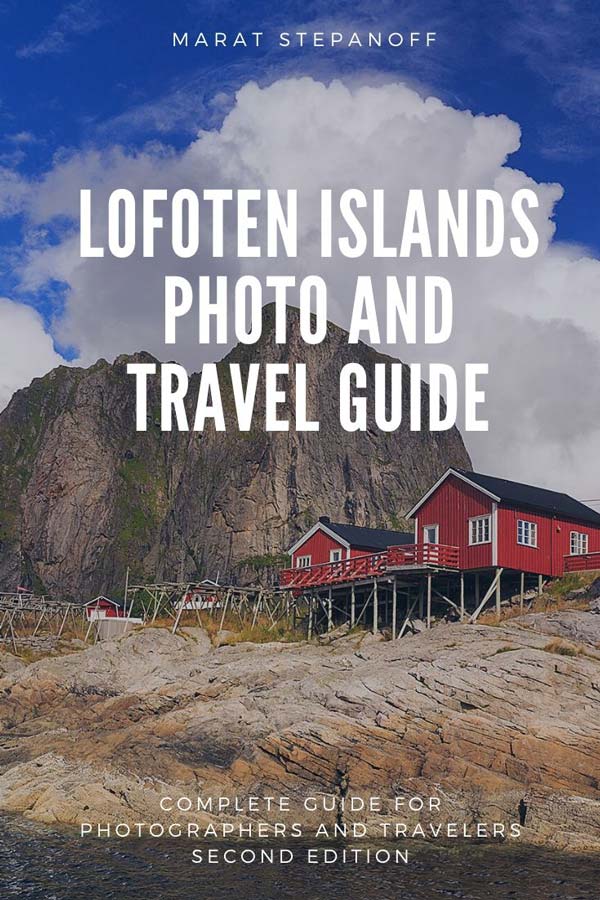
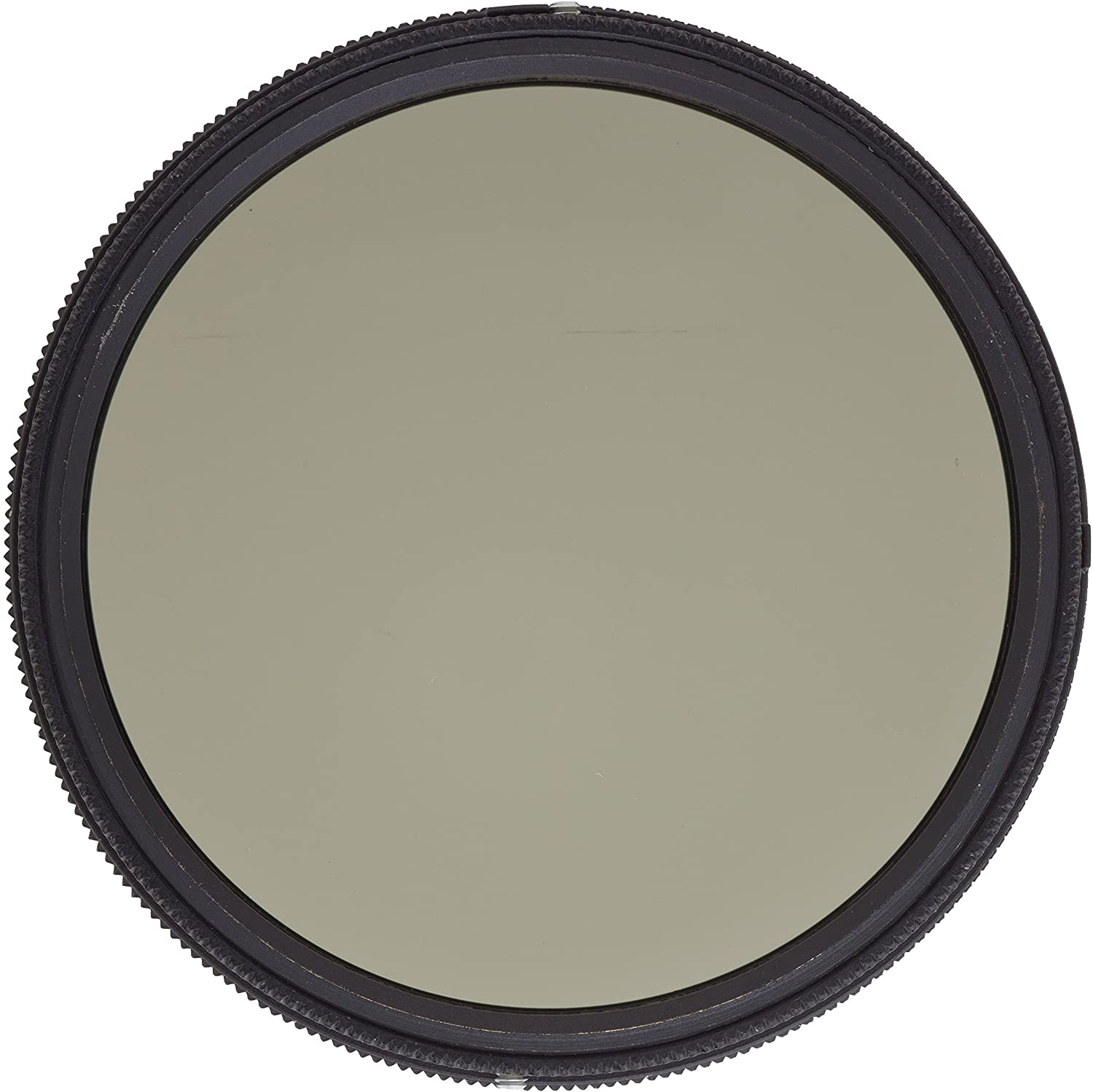
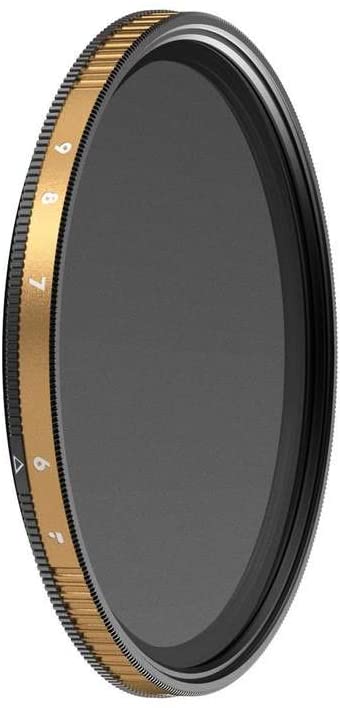
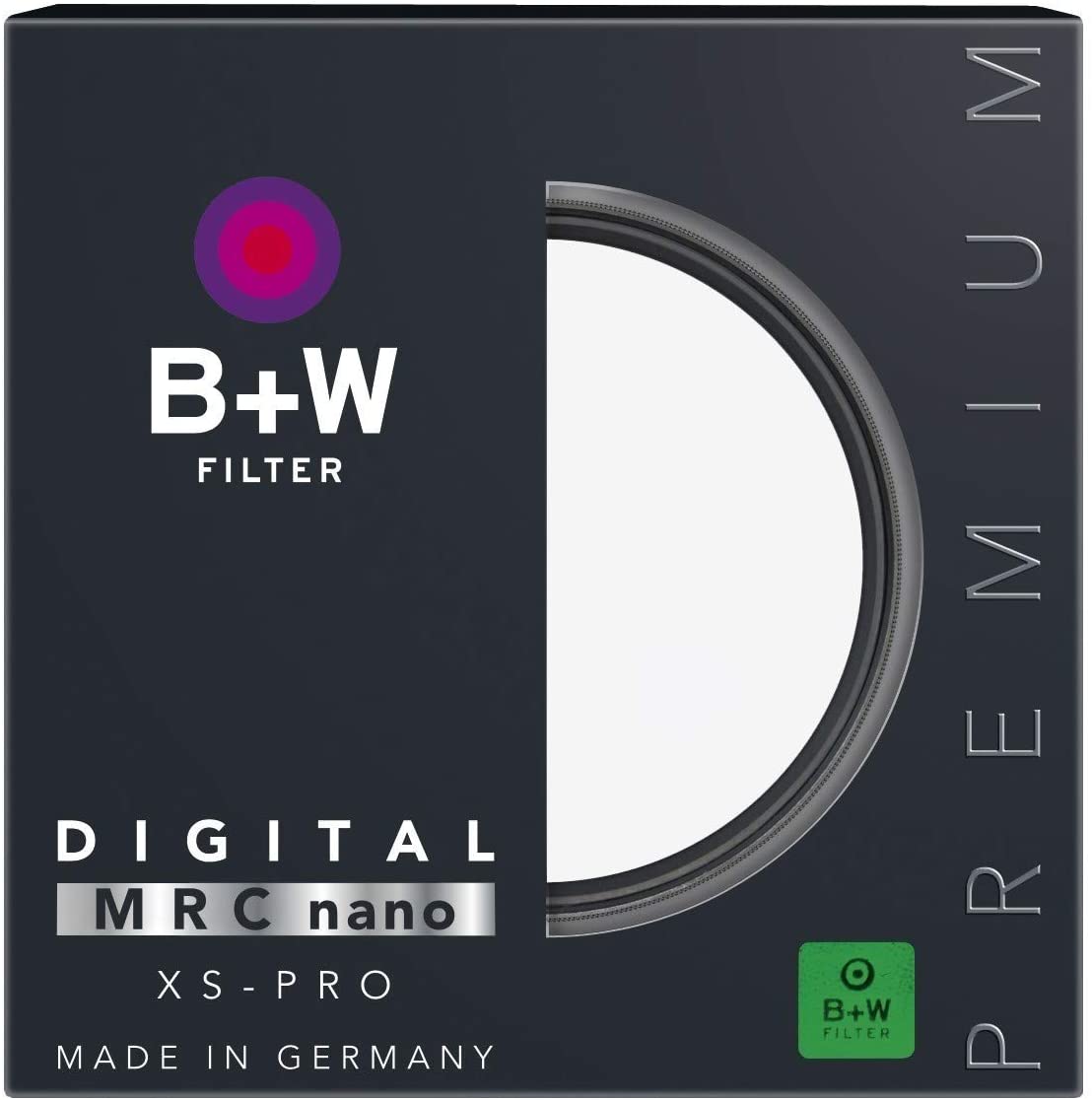
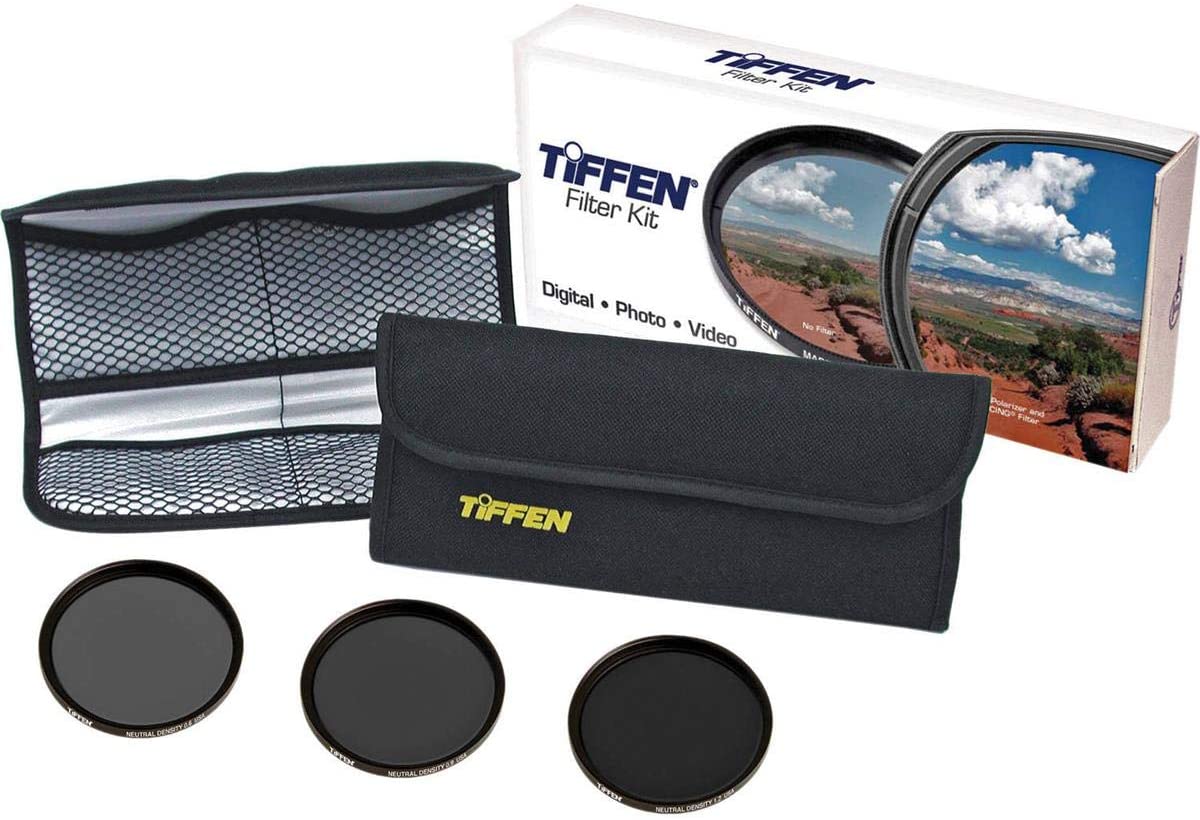
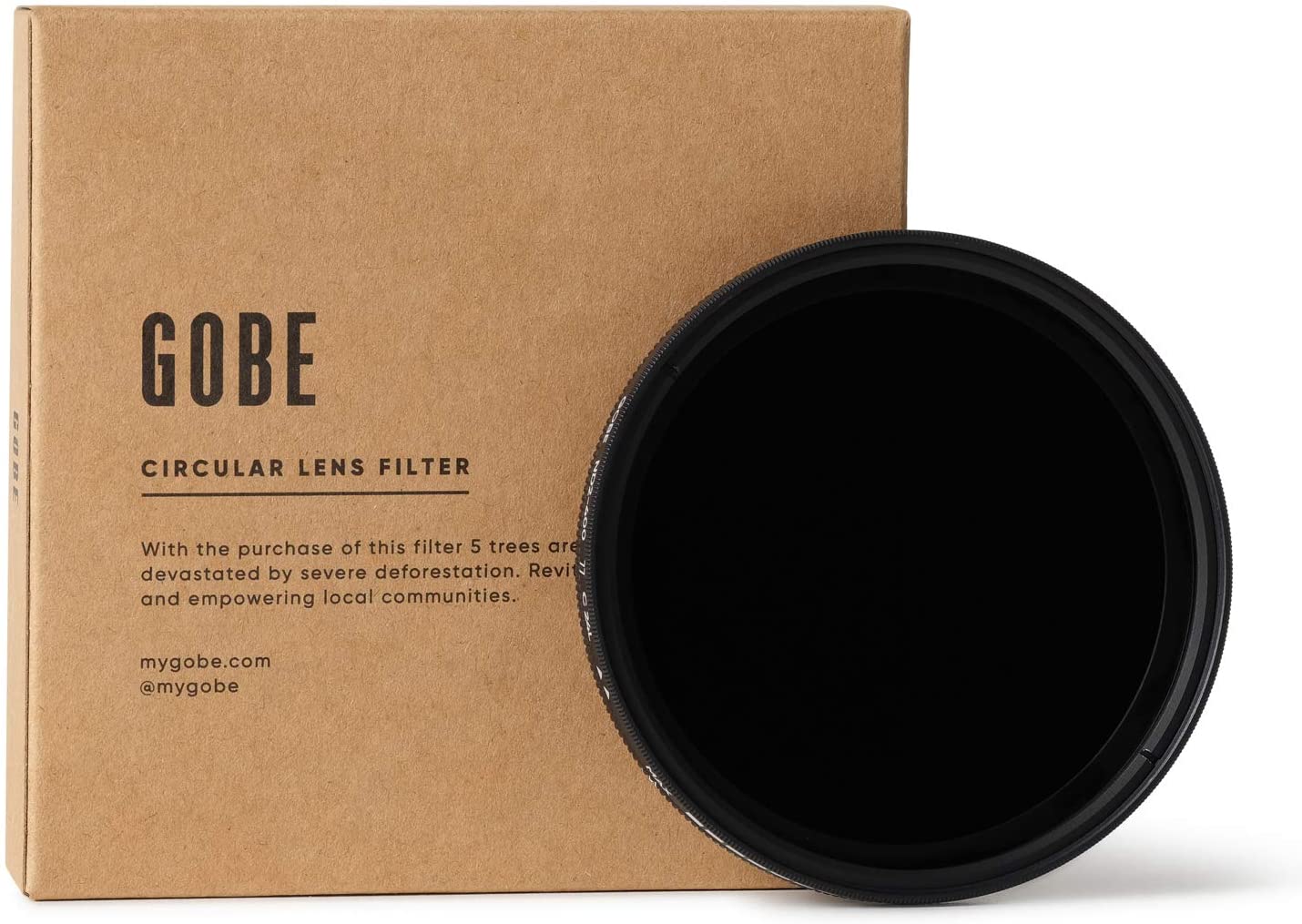
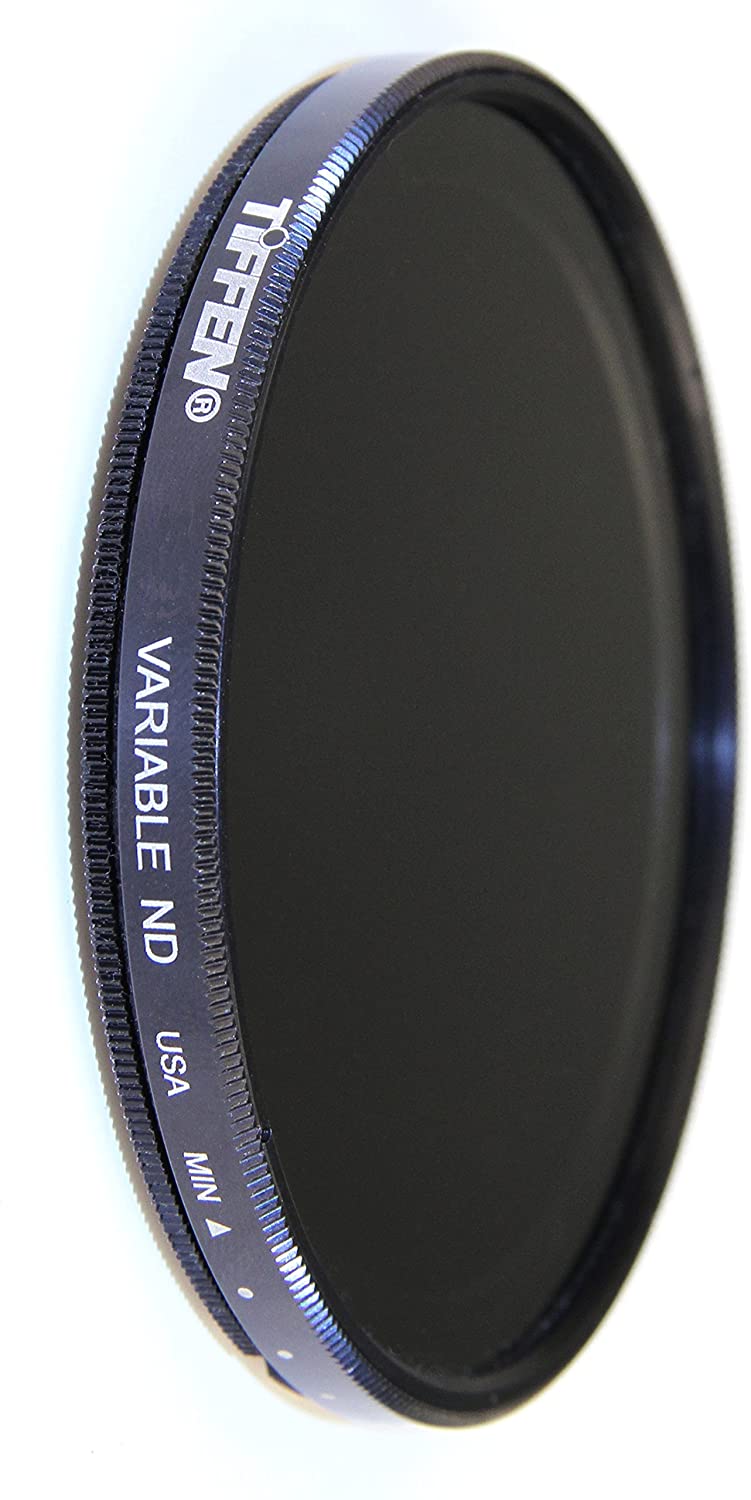
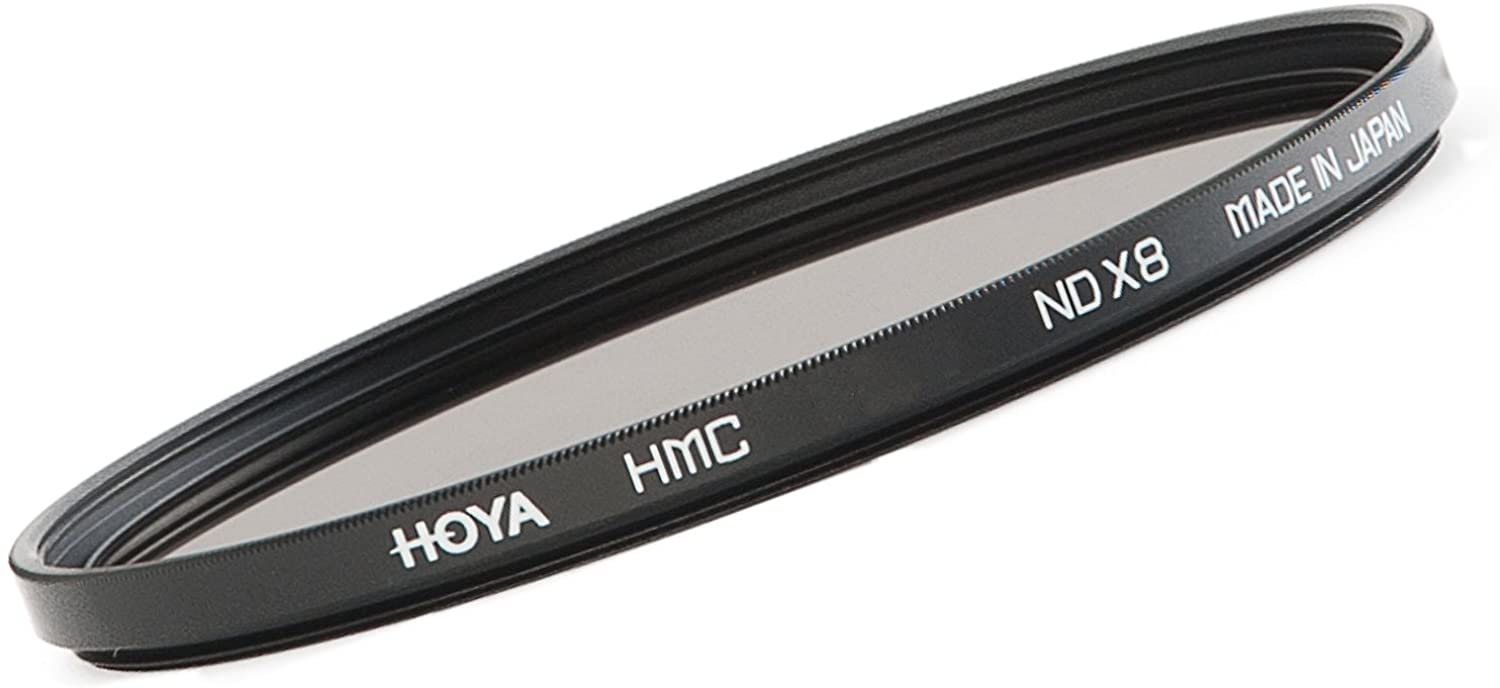

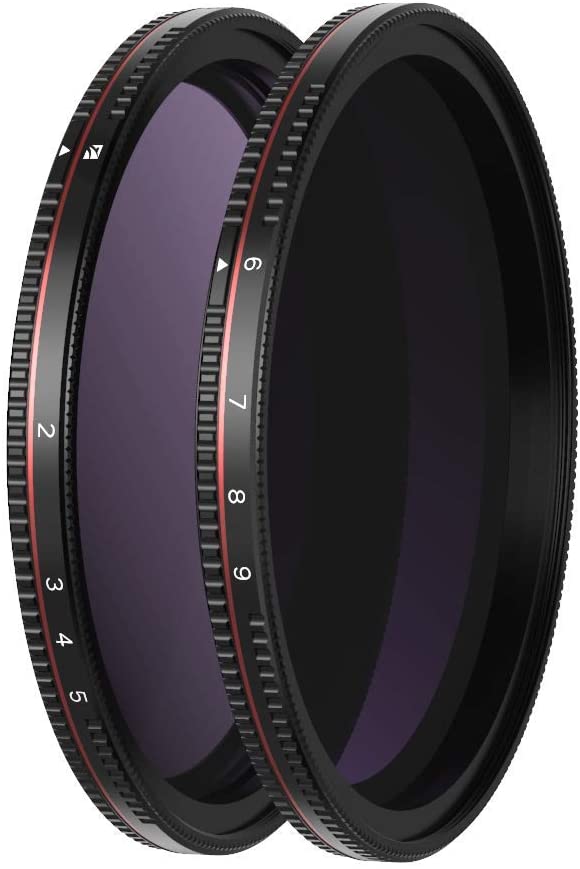
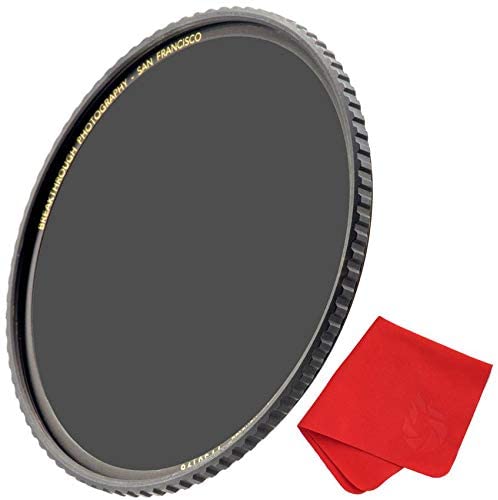
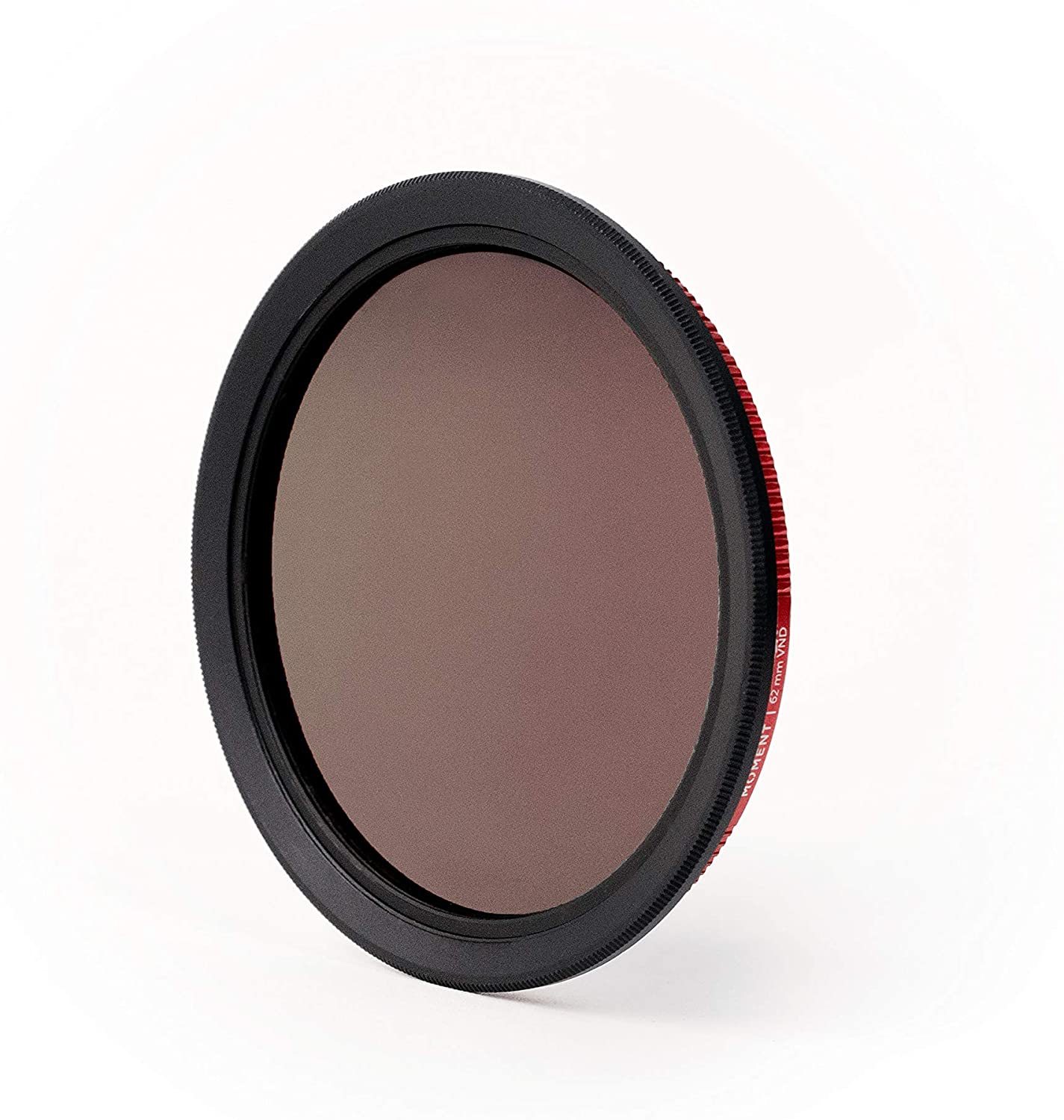
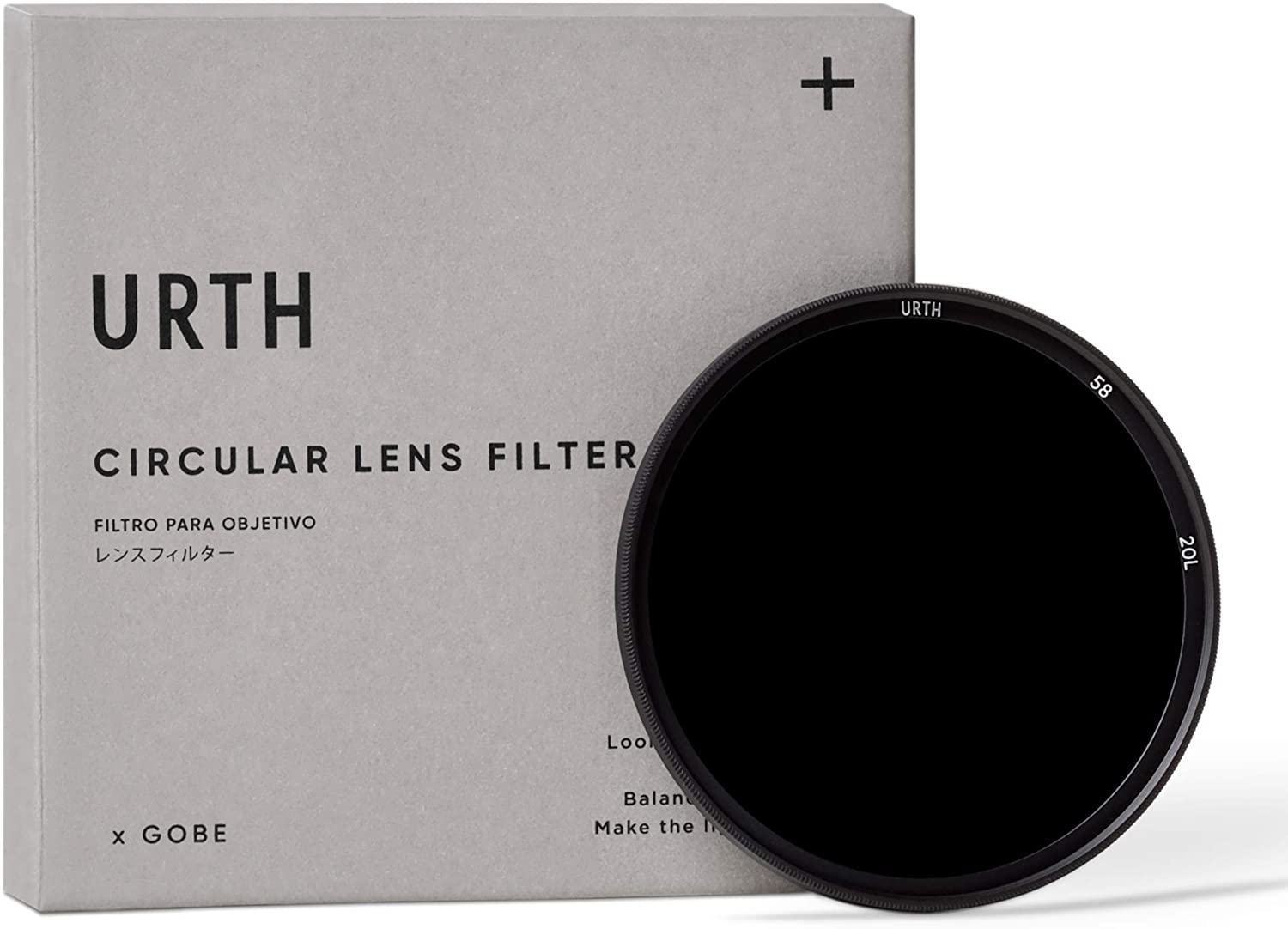
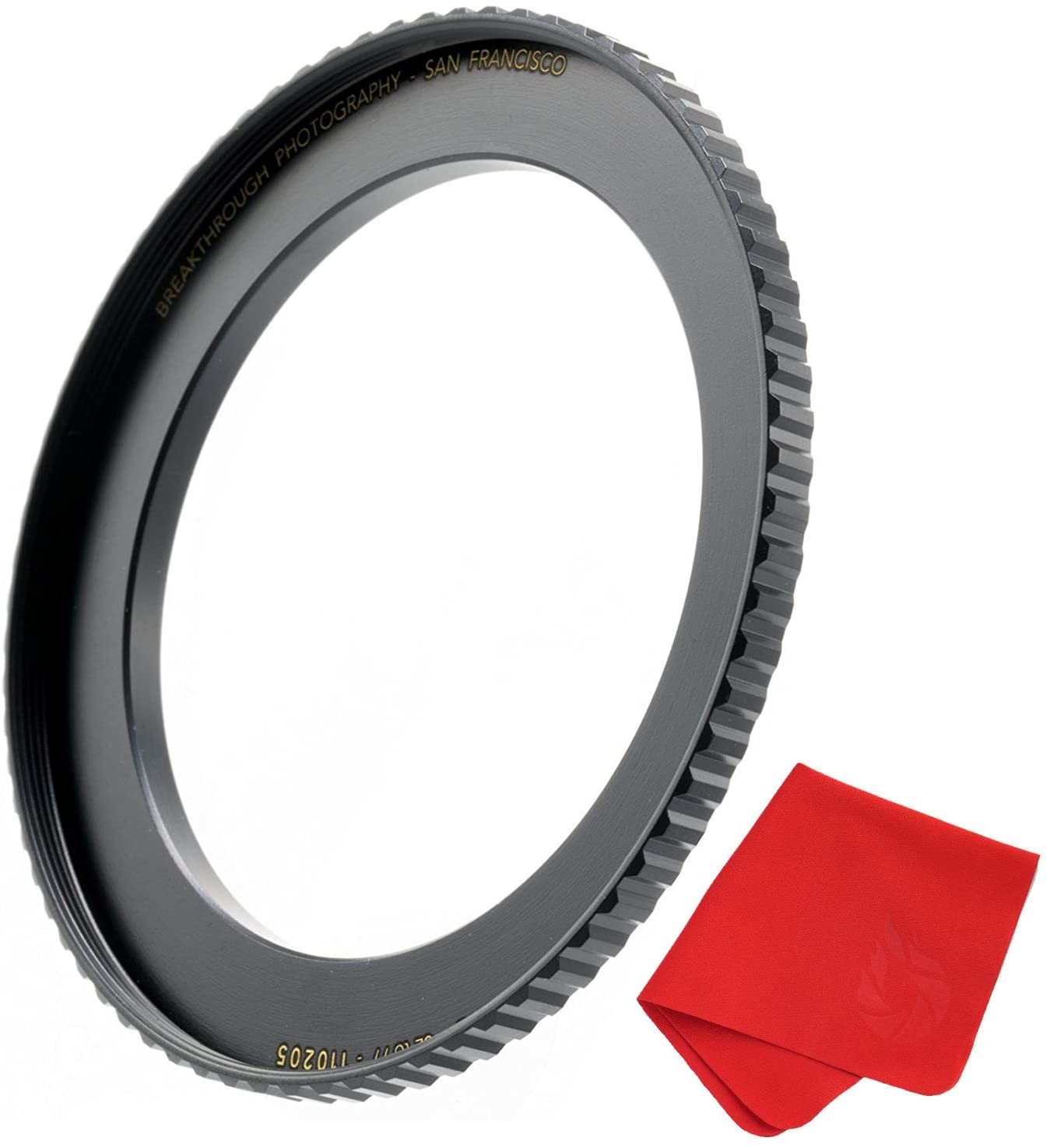
And always remember to “LOCK UP: the mirror on your camera,or you won’t get anything.